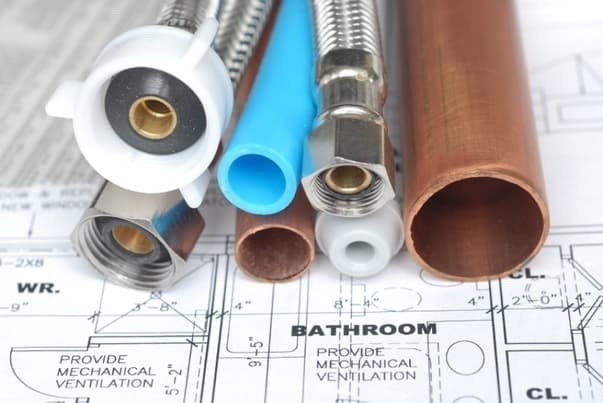Back to: BASIC TECHNOLOGY JSS2
Welcome to Class !!
We are eager to have you join us !!
In today’s Basic Technology class, We will be discussing Building Services Tapwater Supply. We hope you enjoy the class!

BUILDING SERVICES TAPSWATER SUPPLY
The water supply system must be designed to achieve appropriate water pressure and flow and to avoid contamination to potable water.
All water supply systems use a combination of pipes (of different dimensions and materials), valves and outlets to deliver water to building users. Some water supply systems also use storage tanks and pumps. Designing a water supply system involves getting all of these elements right so that clean water is delivered to the user at the appropriate rate and temperature.
Water pressure
If the aim is to provide for building users’ needs while also using water efficiently, the right water pressure is crucial. If the water pressure is too low, this will be inconvenient for building users – for example, because showers have poor water flow, and baths take a long time to fill. If the pressure is too high, this will lead to wastage of water, as well as high wear and tear on the system.
Water flow rate
The Building Code requires that sanitary fixtures and appliances have an adequate water supply at an adequate flow rate.
As with water pressure, flow rates are crucial. A flow rate that is too high will result in water being wasted, whereas a flow rate that is too low will mean that sanitary fixtures and appliances don’t work properly.
Flow rate is affected by:
- Water pressure
- Pipe diameters – The smaller the internal diameter of the pipe, the lower the pressure and flow rate. (Note that pipes are generally referred to by their inside nominal diameter (DN), but it is actually the internal diameter that counts; a pipe rated as DN 15 may have an actual inside diameter ranging between 10–18 mm.)
- Water temperature – higher temperatures will tend to raise pressure and flow rates
Flow rate and pipe size Acceptable Solutions
Building Code Acceptable Solution G12/AS1 sets outflow rates and pipe sizes. Pipes must be sized to achieve flow rates set out in accordance or the pipes must be sized in accordance.
When calculating pipe size, the speed of the water (velocity) moving through the pipes must not exceed 3.0 m/s.

We have come to the end of this class. We do hope you enjoyed the class?
Should you have any further question, feel free to ask in the comment section below and trust us to respond as soon as possible.
We have come to the end of this Term and JSS2. Our Next and last class is for our termly Practical Work. We are very much eager to meet you there.

this is very annoying 😡 and stupid I want to look for building service but you are give me problem and rubbish arrrrr I am tried I out